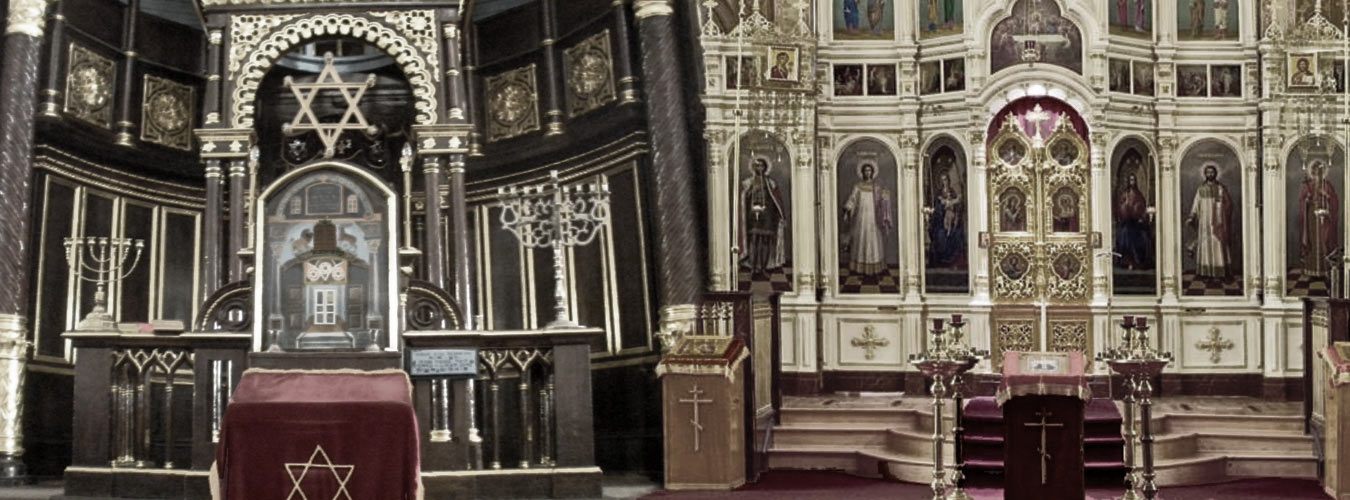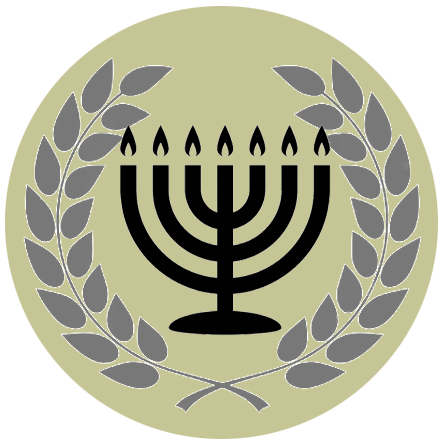 The Russian Orthodox Church is the largest of all the Eastern Orthodox churches with 150 million members. Despite its numbers it ranks fifth in precedence behind the Greek Orthodox churches of Constantinople, Alexandria, Antioch, and Jerusalem. The church has over 28,000 priests and 200 bishops in 30,000 parishes, along with 788 monasteries.
The Russian Orthodox Church is the largest of all the Eastern Orthodox churches with 150 million members. Despite its numbers it ranks fifth in precedence behind the Greek Orthodox churches of Constantinople, Alexandria, Antioch, and Jerusalem. The church has over 28,000 priests and 200 bishops in 30,000 parishes, along with 788 monasteries.
They trace their roots to the Apostle Andrew, who is said to have traveled to the northern coast of the Black Sea. One legend says that Andrew prophesied that the Kiev area would one day be a great Christian city, and erected a cross where St. Andrew’s Cathedral now stands.
In the ninth century Byzantine Greek monks translated parts of the Bible into the Slavonic language for the first time, which allowed for the evangelization of the Slavs in Eastern Europe and Southern Russia. Although paganism dominated the region, Christianity had penetrated the nobility by the mid-10th century, including Princess Olga and her grandson Vladimir the Great. In 988 Vladimir I of Kiev officially made Byzantine Greek Rite Christianity the state religion, which is considered to be the birth of the Russian Orthodox Church.
After the Mongol invasion in the 13th century the church relocated its headquarters to Moscow.
In the late 17th and early 18th centuries the church began expanding into Siberia, Alaska and eventually California prior to is admission into the U.S.
In 1917 the Tsarist government was overthrown in the Bolshevik Revolution, and the new communist government declared the separation of church and state, reducing the powers of the church.
The formation of the Soviet Union marked the first time that a state expressed its goal of eliminating religion. The regime confiscated church property, killed and imprisoned priests, oppressed believers, and promoted atheism in the schools. Despite all of that, it never completely outlawed religion, and in fact the church was revitalized in 1941 as part of the war effort in WWII. That was reversed however, in 1959 under Nikita Khrushchev. Leonid Brezhnev continued the policy of religious suppression, and by 1987 the number of functioning churches and monasteries had fallen to its lowest total since the revolution.
Following the collapse of the Soviet Union in 1991 the church saw a rebirth, and over the past quarter of a century the number of functioning churches has quadrupled.

